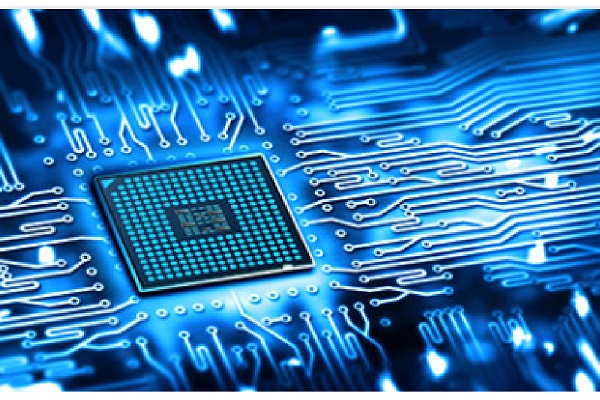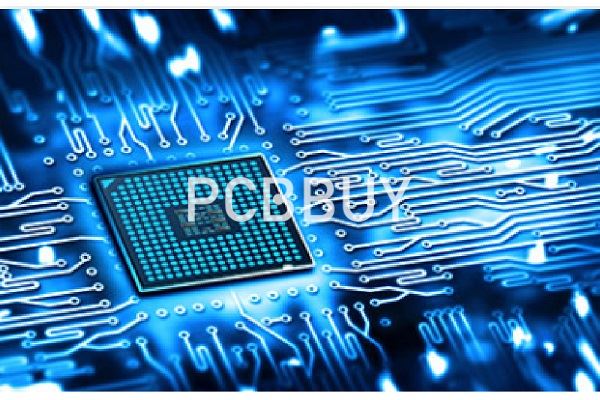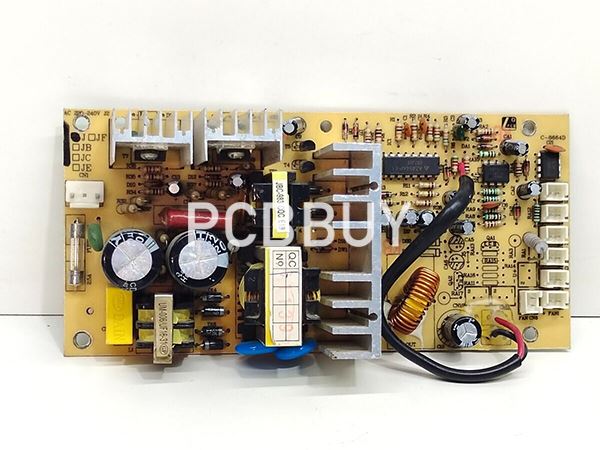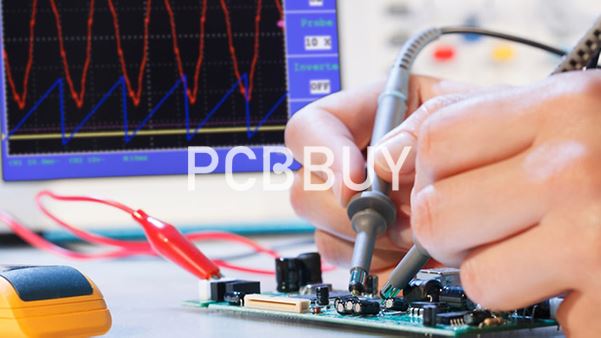How to Check Signal Integrity in the PCB Industry for Beginner?
By:PCBBUY 01/04/2023 14:32

Extensive research has been done on the best way to design transmission lines so high-speed signals can travel at maximum efficiency. To minimize potential signal integrity issues and other transmission-related problems, it is crucial to ensure that your PCB supplier delivers circuit boards with a robust and reliable design.
In this passage, we will provide you all the details about signal integrity in PCB design process. If you are a beginner of PCB industry and curious about the signal integrity in PCB design, please check and read the content below in this passage.

How to process the proper routing for signal integrity in PCB?
Just like adequate grounding, establishing an appropriate routing path is essential for maintaining signal integrity. For designers aiming to avoid signal integrity problems, proper routing is a non-negotiable step. In the field of electronic design, "routing" is a frequently mentioned term. Wire routing—often simply referred to as "routing"—is one of the core steps in the printed circuit board design workflow.
Correctly routing all cables is critical, especially when it comes to eliminating signal integrity issues. Regrettably, many circuit designers often overlook this step. For example, signal cables must be routed away from power sources and all electrical fixtures. Higher voltages tend to generate increased electrical noise, which is a common cause of signal integrity problems. Electric motors, for instance, are not ideal to place near signal cables, as they typically produce magnetic fields that can interfere with signals.
The question of how far to route signal cables from such noise sources depends on factors like the size of the magnetic field and the voltage level. However, the key priority is to take all necessary measures to prevent signal noise caused by improper routing.
How to invest the termination for signal integrity in PCB?
A terminating resistor is essential when you want to avoid signal integrity problems. Terminating resistors are signal quality components. Designers use them in soaking up AC signals. They do this to prevent reflections on the line. Unmatched impedance along transmission lines will result in signal integrity problems.

Termination resistors bring about the desired signal integrity. Termination resistors increase performance and speed and reduce intermittent errors. By investing in terminating resistors, designers can do away with a lot of noise. This way, they will be able to improve signal integrity during PCB design.
The main aim of terminating resistors is to improve signal integrity. But, designers need to select the best fit suitable for their applications. Some of them include:
· Parallel Termination
· RF termination
· AC Termination
· Thevenin Termination
· Series Termination
What are the challenges during signal integrity in PCB?
PCB signal integrity issues mainly include signal reflection, crosstalk, signal delay, and timing errors.

Reflection
When the signal is transmitted on the transmission line, when the characteristic impedance of the transmission line on the high-speed PCB does not match the source impedance or load impedance of the signal, the signal will be reflected, causing the signal waveform to overshoot, undershoot and the ringing phenomenon caused by it. Overshoot refers to the first peak (or bottom) of the signal transition. It is an additional voltage effect above the power supply level or below the reference ground level. Undershoot refers to the signal jump change to the next valley (or peak). Excessive overshoot voltage often impacts the device for a long period of time, causing damage to the device. Undershoot will reduce the noise margin. Ringing increases the time required for signal stabilization, which affects system timing.
Crosstalk
In PCB, crosstalk refers to the undesired noise interference caused by the electromagnetic energy through the mutual capacitance and mutual inductance coupling to the adjacent transmission line when the signal propagates on the transmission line. It is caused by interaction of different structures of the electromagnetic field in the same area. Mutual capacitance causes coupling current, which is called capacitive crosstalk; while mutual inductance causes coupling voltage, which is called inductive crosstalk. On the PCB, crosstalk is related to trace length, signal line spacing, and the condition of the reference ground plane.
Signal delay and timing error
The signal is transmitted at a limited speed on the wires of the PCB, and the signal is sent from the driver to the receiver, with a transmission delay in between. Excessive signal delays or mismatched signal delays can lead to timing errors and disrupted logic device functionality.
Industry Category











